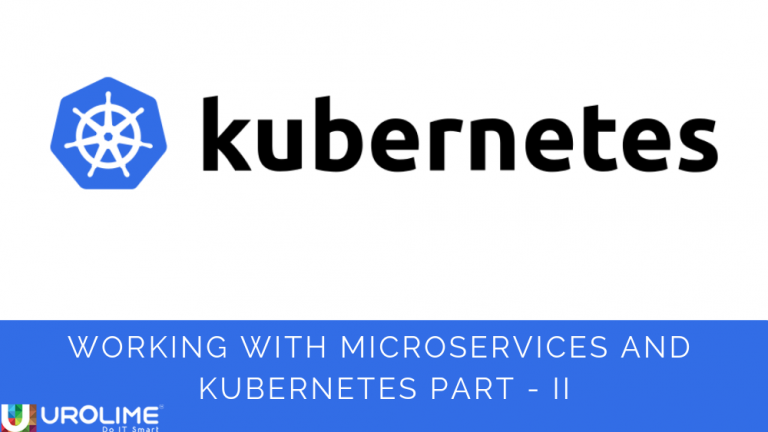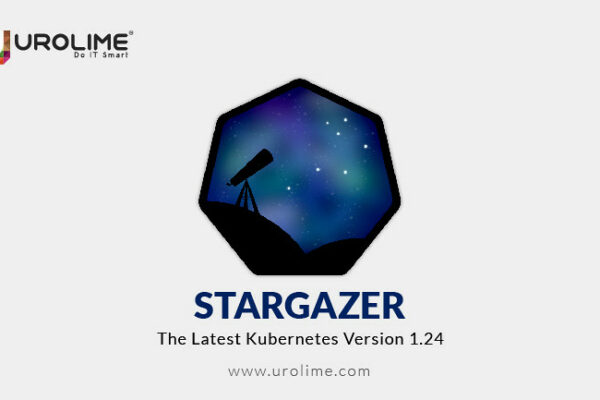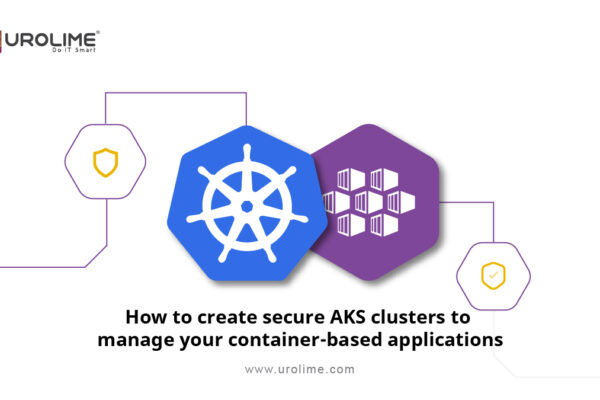The previous blog briefly explained about the microservices architecture and its advantages in the field of technology. More specifically, it also explained how are microservices and Kubernetes able to work without issues. Here we will see how a microservice is started using Kubernetes.
Getting Started With Microservices and Kubernetes
A system that uses microservice architecture is not that simple, hence setting up a system using containers is equally complicated. There are some basic steps we can take in order to get the proper environment for running the microservices up in no time.
You can begin by setting up and running Kubernetes on your system. So, a Minikube would be the quickest way to go. It makes it simple to run a single-node Kubernetes cluster locally and is ideal for users looking to try out Kubernetes or develop with it day-to-day. Kubernetes clusters can be deployed in many ways in a cloud-based environment, either by using native cloud-provider tools or by using third-party tools.
Once the Kube cluster is set up and running, the microservices are deployed on top of them. Each microservice is encapsulated in its own container. The desired state of every kubernetes object in the cluster can be described by using yaml files. After describing the states, Kubernetes will work to make a match between the current cluster state of the objects and the desired state that was described.
Kube Objects
Some of the typical Kube objects we need to be aware of in Kubernetes when dealing with microservices are:
Pods: It is the tiniest deployable unit on a node. It’s a group of one or more containers which must run together. A pod normally consists of one container.
ReplicaSet: It controls the number of identical copies of a pod that should be running somewhere on the cluster.
Deployment: It is an object that represents an application module that is running on the cluster. When a deployment object is created, certain specifications are set such as selecting the container image to run (Pod), the number of replicas (ReplicaSet), and the type of Deployment strategy used when pods are added or removed.
Services: Pods are ephemeral. They can be launched or killed at any time and can be assigned new internal IPs. Service objects offer a well-known endpoint for pods, also acting as load balancer too.
Conclusion
There are scenarios where Microservices and Kubernetes is the perfect combination to use. This setup brings many additional benefits that conventional infrastructures don’t. At the top of that list of benefits, we have speed. In both development and deployment, both Microservices and Kubernetes offers the kind of velocity that is difficult to match. The way Kubernetes is set up allows for faster deployments, better updates and rapid iterations, all without compromising the server.
About Us
Urolime is one of the leading DevOps consulting company with considerable experience in supporting customers around the globe in adopting DevOps practices. As an AWS and Cloud consulting partner, Urolime not only has experience in Cloud Migrations but also support the vast customer base to enable scalable and highly available architecture on AWS, Azure, and GCP. The customers benefit from our expert involvement in Deployment Automation (CI/CD), Infrastructure Automation, Dockerization, Security, Disaster Recovery Planning & Implementation and 24/7 Managed Services with 10 Minutes SLA. Urolime is one of the companies which deals with a bunch of Kubernetes solution build for the customer on AWS, Azure, and GCP.
![]()






